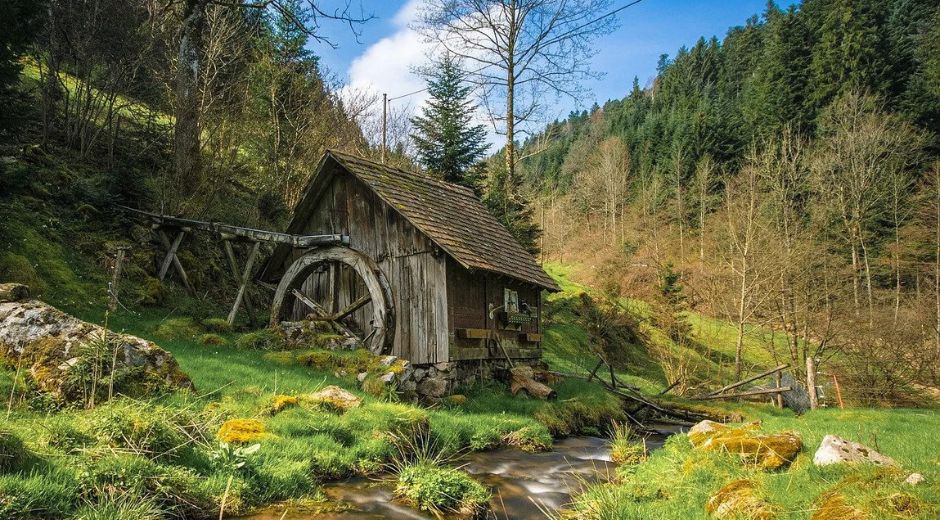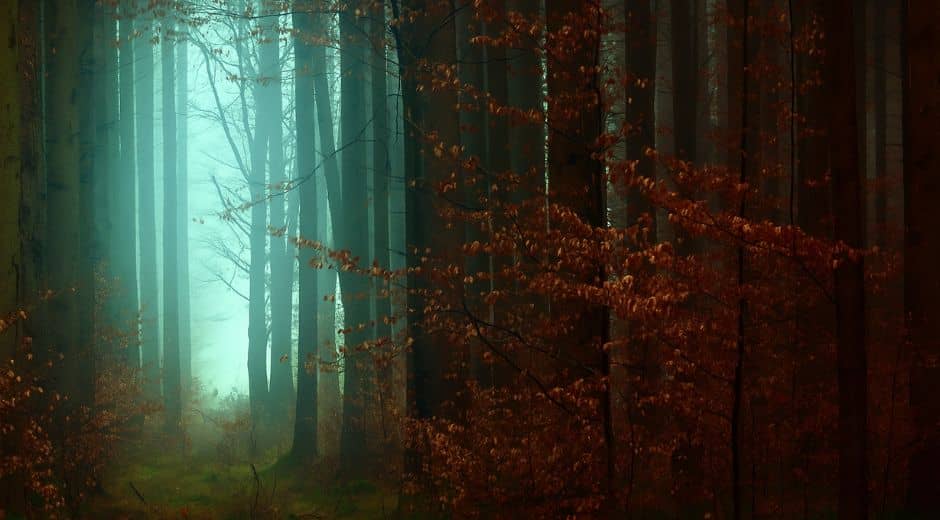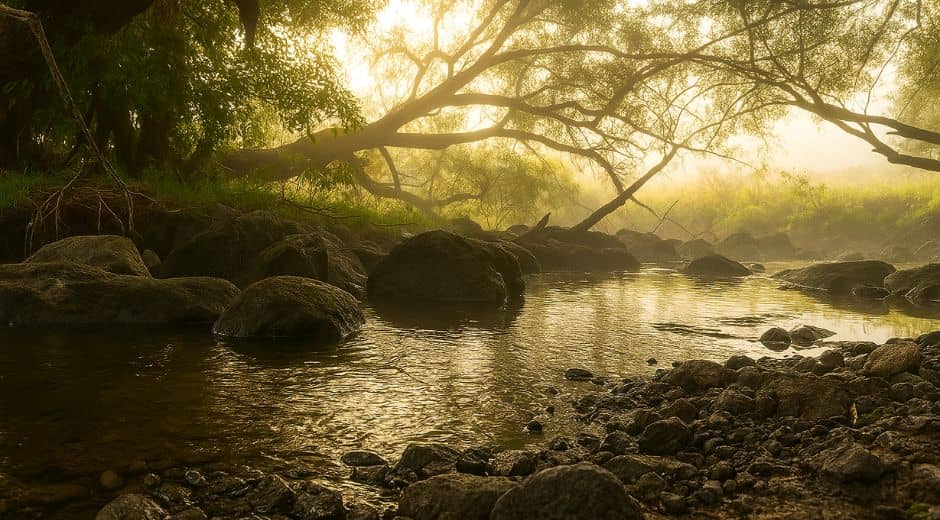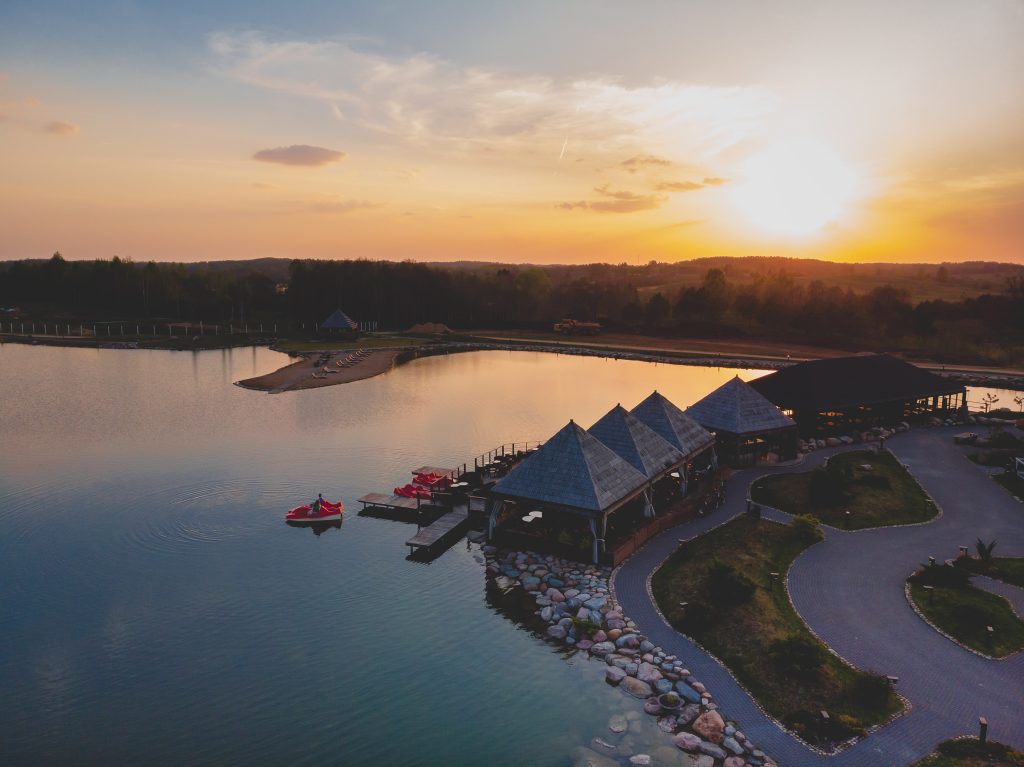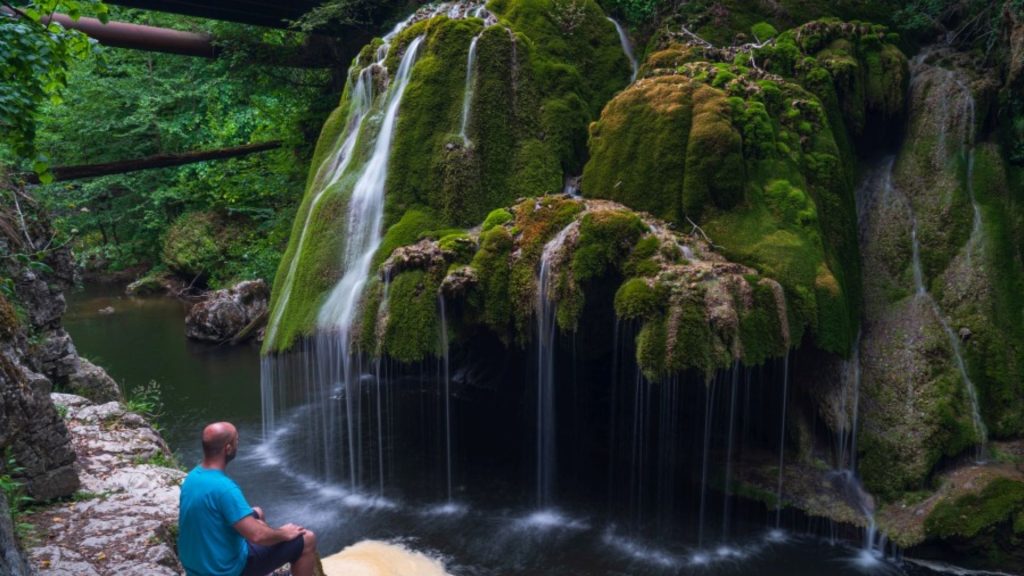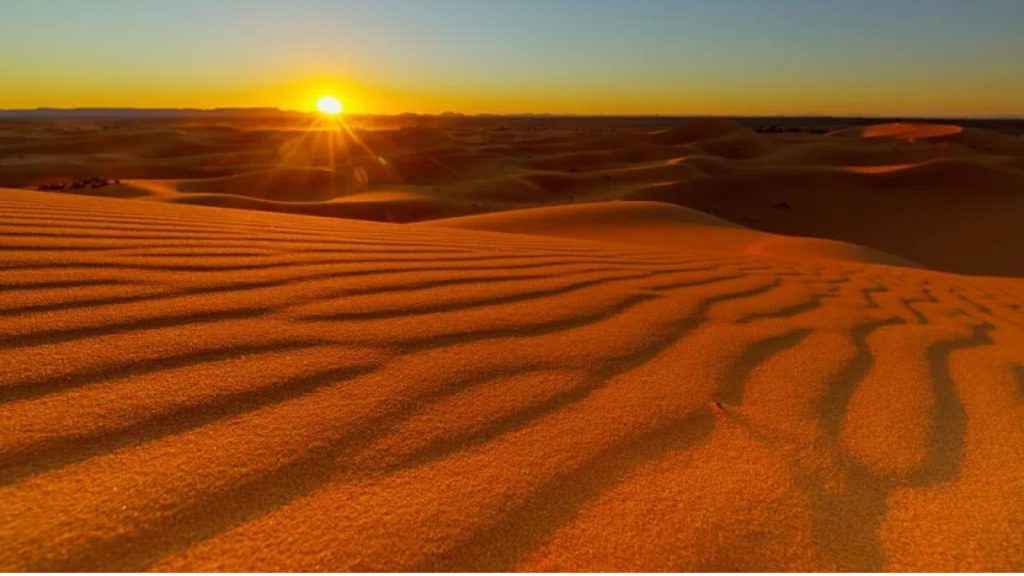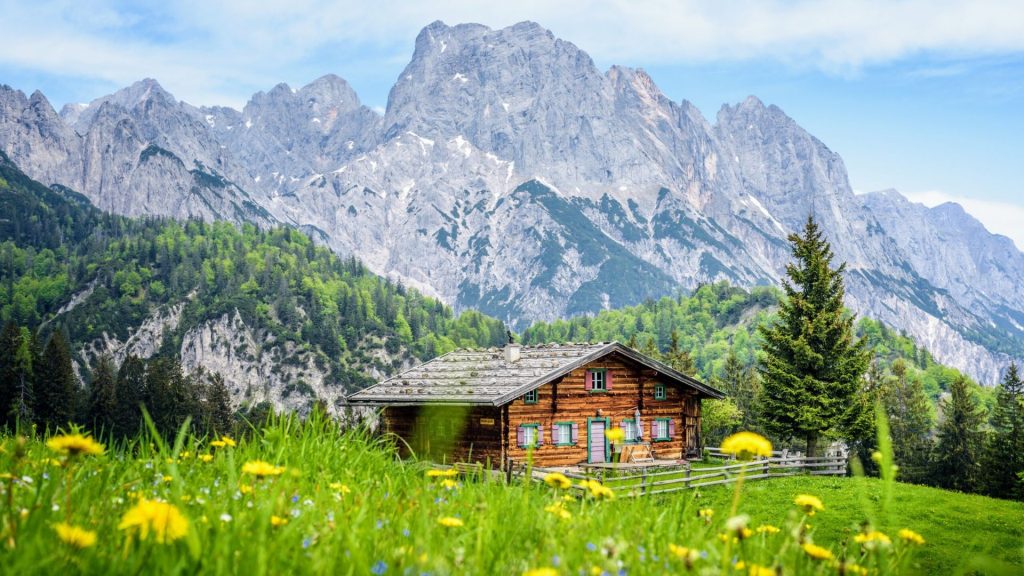Echoes of the Earth: Rediscovering Lost Natural Wonders
Echoes of the Earth: Rediscovering Lost Natural Wonders
Across the globe, the Earth whispers stories of landscapes that time almost erased — valleys swallowed by shifting sands, forests drowned by ancient floods, and mountains reshaped by fire and wind. These echoes of the Earth remind us that nature is not static. It evolves, transforms, and, in some places, even vanishes — leaving behind only traces of its former glory. Rediscovering these lost natural wonders isn’t just about exploration; it’s about reconnecting with the planet’s deep and living history.
The Forgotten Kingdoms of Stone and Water
Centuries ago, vast canyons and stone cities existed where now there are deserts and dry plains. Some of these formations still bear silent testimony to the geological artistry of the Earth. Ancient rivers carved through rock, creating labyrinths that once guided entire ecosystems.
In regions once vibrant with greenery, time sculpted isolation. Many of these places, rediscovered by modern explorers and photographers, reveal a haunting beauty — landscapes that bridge memory and myth. As travel enthusiasts on Condé Nast Traveler often describe, wandering through such sites is like walking through a natural museum of the planet’s evolution.
Lost Forests Beneath the Waves
One of the most fascinating rediscoveries of the last few decades is the existence of submerged forests — trees that stood tall thousands of years ago before being engulfed by rising seas. Off the coasts of Wales, Japan, and Alaska, divers have uncovered these underwater time capsules, preserved by silt and salt.
They tell a powerful story about how the Earth’s climate has shifted through millennia. These forests aren’t just relics; they are lessons in resilience. The roots still anchor into the seabed, symbolizing the enduring bond between land and life, even when swallowed by the ocean’s embrace.
The Vanishing Glaciers and Their Silent Testimony
High in the mountains, glaciers once stood as grand monuments of ice — silent architects shaping valleys and rivers. Today, many of these icy titans are receding, leaving behind lakes and scarred rock. This transformation is both breathtaking and sobering.
Standing before these remnants feels like listening to the Earth breathe — slower, deeper, but strained. Each meltwater stream that flows where ice once stood is a reminder of the fragile balance that sustains our planet. Documenting these changes isn’t merely environmental activism; it’s a form of storytelling that captures the pulse of a living world.
Rediscovering Nature Through Human Connection
Modern travelers, scientists, and conservationists are now revisiting forgotten landscapes not only to study them but to heal them. Through restoration projects and sustainable travel initiatives, humanity is learning to walk gently across the Earth’s surface once again.
Websites like Romantichs.com capture this connection beautifully — showing how emotional and spiritual growth often mirrors nature’s own regeneration. Reconnecting with nature’s past allows us to build a more conscious relationship with its present.
The Desert That Blooms Once a Decade
In certain corners of the world, deserts come alive after years of silence. Chile’s Atacama Desert, for instance, transforms into a vibrant sea of flowers roughly once every ten years when rare rains awaken dormant seeds. For a brief moment, the Earth paints her canvas in color — pinks, yellows, and purples rolling across dunes and stone.
It’s a breathtaking reminder that even in the harshest landscapes, life waits patiently for its chance to bloom again. These fleeting spectacles show that nature’s creativity never fades; it merely rests.
The Song of the Caves and Hidden Worlds Below
Beneath the Earth’s crust lie sprawling networks of caves, some stretching for miles. Many of these caverns were once part of ancient river systems or coral reefs. Today, they are geological symphonies — stalactites and stalagmites forming in perfect rhythm with dripping water.
Explorers describe a deep reverence when they enter such spaces, as if the Earth itself is humming a song only silence can hear. In recent years, new cave systems have been mapped in Vietnam, Mexico, and Slovenia, revealing ecosystems untouched by human presence.
Reclaiming Harmony Between Nature and Civilization
In our pursuit of urban expansion, we have often drowned out the Earth’s voice beneath concrete and steel. Yet a quiet revolution is taking place — cities are learning to coexist with nature once again. From vertical gardens to rewilded parks, urban planners are rediscovering that sustainability and beauty can grow side by side.
Projects inspired by eco-conscious design, such as those featured on Zoopora.com, remind us that reconnecting with natural patterns is not regression but evolution. Rediscovering lost wonders begins in our own backyards — in every effort to restore green spaces, plant native species, and reduce ecological footprints.
The Return of Sacred Waters
Some cultures have always viewed water as the Earth’s lifeblood. In recent decades, communities have restored ancient rivers once thought lost to pollution or drought. From the Thames in London to the Ganges in India, these resurrections stand as triumphs of patience and unity.
When rivers are revived, so too are the myths, songs, and livelihoods that once flowed beside them. This is where conservation meets culture — where the act of saving water becomes the act of saving memory.
Listening to the Planet’s Echoes
To rediscover the lost wonders of the Earth is to listen — not only with our ears but with awareness. It requires slowing down, observing, and remembering that the planet is a storyteller far older and wiser than any of us. Each canyon, reef, and plain carries echoes of creation, destruction, and rebirth.
These echoes are not fading; they are calling. They invite us to walk mindfully through the world, to see beauty even in decay, and to honor the cycles that sustain all life. The Earth, in her endless transformations, continues to offer new wonders for those willing to look beyond the obvious.
Conclusion: The Past Beneath Our Feet
Rediscovering lost natural wonders isn’t merely about geography — it’s about perspective. Every rediscovered forest, glacier, or desert flower reminds us that the Earth is both fragile and fierce, capable of immense destruction and boundless renewal.
As travelers, scientists, and dreamers, our role is to listen, protect, and celebrate the living memory beneath our feet. The echoes of the Earth are timeless — a song of resilience that continues to shape the heart of humanity.
Wildlife Behavior Curiosity

Training and Trust: Building a Stronger Bond with Your Pet
Discover why biodiversity is vital for ecosystems, climate balance, and human survival, and how conservation protects life’s intricate web.

Biodiversity: The Foundation of Earth’s Living Systems
Discover why biodiversity is vital for ecosystems, climate balance, and human survival, and how conservation protects life’s intricate web.

Adaptation: How Animals Evolve to Survive Changing Worlds
Explore how adaptation helps animals survive climate shifts, predators, and new environments, revealing nature’s incredible resilience.
